Sinhagad is an ancient hill fortress located at around 49 km southwest of the city of Pune, India.
Previously known as Kondhana, the fort had been the site of many battles, most notably the Battle of Sinhagad in 1670.
It is located in the Pune district in Maharashtra. The fort is also on the famous fort in Maharashtra which has a great history of Tanaji Malusare. The fort was captured by Tanaji Malusare and his brother. Sinhagad (Lion’s Fort) fort was strategically built to provide natural protection from the enemies due to its very steep slopes. The walls of the forts and bastions were constructed only at key places. There are two gates to enter the fort named Kalyan Darwaja and Pune Darwaza. The Kalyan Darwaja is towards the southeast while the Pune Darwaza is towards north east. The fort is surrounded by several other forts, and was known as the control center of the Maratha Empire. In clear weather, Rajgad, Purandar and Torna forts can be seen from the Sinhagad killa.
Geography
Perched on an isolated cliff of the Bhuleswar range in the Sahyadri Mountains, the fort is situated on a hill about 760 metres (2,490 ft) above ground and 1,317 metres (4,321 ft) above mean sea level.
History
Early history
Some of the information available about the fort, suggests that it could have been built 2000 years ago.[citation needed] The caves and the carvings in the Kaundinyeshwar temple stand as proofs for the same.. Also there is a Gondwana state symbol on the main gate of the fort. It has the sign of lion and elephant as well as fish. The Raj Gondian[citation needed] According to the Deccan sultanates era muslim historian Ferishta, Sinhagad fort was captured from Koli chieftain Nag Nayak in 1340 by the sultan of Delhi, Muhammad bin Tughluq.
The Sinhagad Fort was initially known as “Kondhana” after the sage Kaundinya. The Kaundinyeshwar temple coupled with the caves and carvings indicates that the fort had probably been built around two thousand years ago.
The fort was captured by forces of Muhammad bin Tughluq in 1328 from Koli chieftain Nag Naik after a siege of eight months. It then became part of the Bahmani sultanate followed by the Nizam Shahi of Ahmadnagar in 1485. After the fall of Nizam shahi it came under the control of the Adilshahi in early late 1500s.
Battle for control in 17th century
Shahaji Bhosale, as the commander of Ibrahim Adil Shah II, was entrusted with the control of the Pune region. His son Chatrapati Shivaji Maharaj, refused to accept the Adilshahi and initiated the task of setting up Swarajya. Chatrapati Shivaji Maharaj gained control of Kondana in 1647 by convincing Siddi Amber, the Adilshahi Sardar who controlled the fort, that he, the son of Shahaji Bhosale, could manage the fort’s defenses optimally. Bapuji Mudgal Deshpande played a key role in this activity. Adil Shah jailed Siddi Amber for this treasonous act and schemed to get it back. He imprisoned Shahaji Bhosale for a concocted crime and informed Shivaji. In 1649, Adil Shah traded the fort for Shahaji’s release. Chatrapati Shivaji Maharaj recaptured it in 1656 again with the help of Bapuji Mudgal Deshpande who convinced the Fort commander by giving land in the newly created Khed Shivapur village and peacefully gained control of the fort. This fort saw attacks by Mughals in 1662, 1663, and 1665. In 1664, Shaista Khan, a Mughal general, tried to bribe the people of the fort to hand it over to him but was unsuccessful.Through the Treaty of Purandar in 1665, that Chatrapati Shivaji Maharaj entered into with Mughal general Mirza Raja Jai Singh I the fort passed into the Mughal hands.
Battle of Sinhagad
Main article: Battle of Sinhagad
In 1670, Chatrapati Shivaji Maharaj reconquered the fort for the third time through his Koli Subedar, Tanaji Malusare in Battle of Sinhagad, and the fort came and stayed under the Maratha rule till 1689 A.D.
A steep cliff leading to the fort was scaled in the dead of the night with the help of a tamed monitor lizard named “Yashwanti”, colloquially known as a Ghorpad. Thereafter, A fierce battle ensued between Tanaji and his men versus the Mughal army headed by Udaybhan Singh Rathod, a Rajput Sardar who had control of the fort. Tanaji Malusare lost his life, but his brother Suryaji took over and captured the Kondana fort, now known as Sinhagad.
There is an anecdote that upon hearing of Tanaji’s death, Shivaji expressed his remorse with the words, “Gad ala, pan Sinha gela” – “The Fort is conquered, but the Lion was lost”.According to some, the name Sinhagad predates this event. A bust of Tanaji Malusare was established on the fort in memory of his contribution to the battle.
After the death of Sambhaji, the Mughals regained control of the fort. The Marathas headed by “Sardar Balkawade”, recaptured it in 1693. Rajaram I took asylum in this fort during a Mogul raid on Satara. He died at the Fort on 3 March 1700 A.D. In 1703, Aurangzeb conquered the fort. In 1706, it once again went into the hands of the Maratha’s. Panaji Shivdev of Sangola, Visaji Chafer, and Shankar Narayan,the Pant Sachiv played a key role in this battle.
Peshwa era
The fort remained under Maratha’s rule till the year 1817. The more than one century of the Peshwa rule saw the fort serving as a refuge from hostile forces attacking Pune, or as a place of confinement for rebels. In 1817 the East India Company, general Pritzler laid siege to the fort on the orders of Mountstuart Elphinstone, the company resident in Pune at the end of Third Anglo-Maratha War and it passed into the British hands.

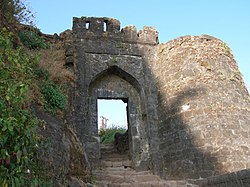
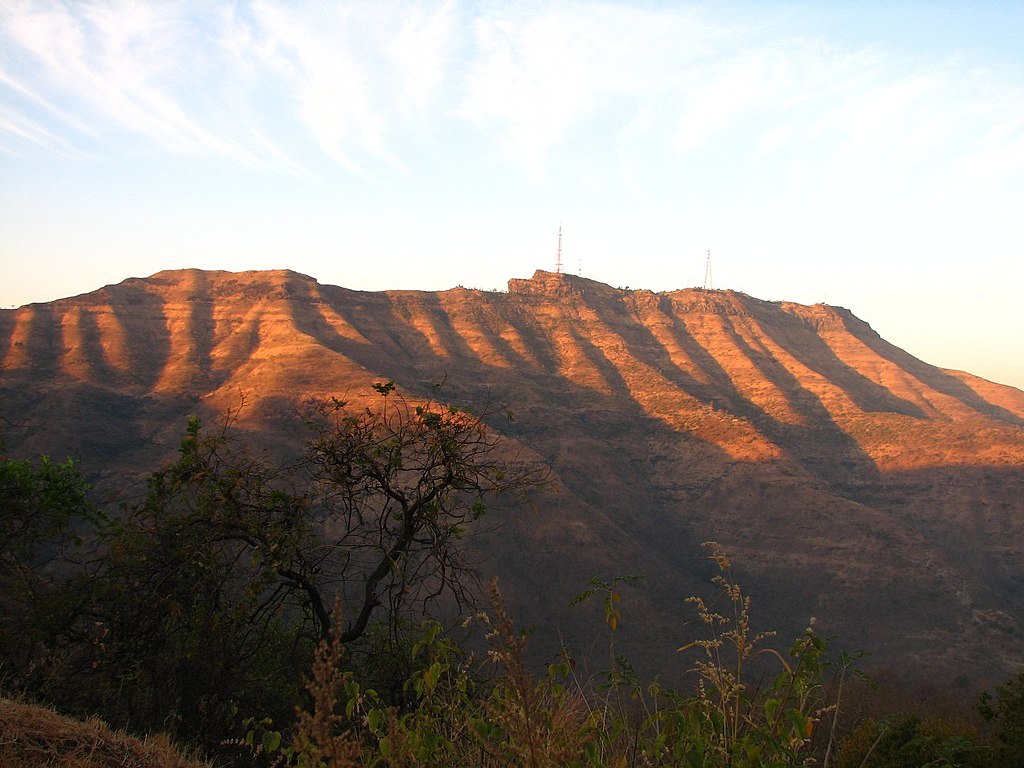




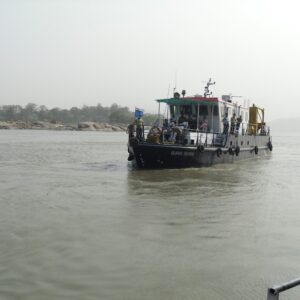
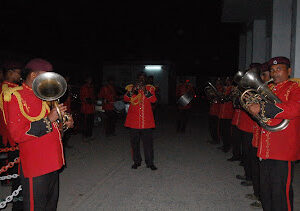
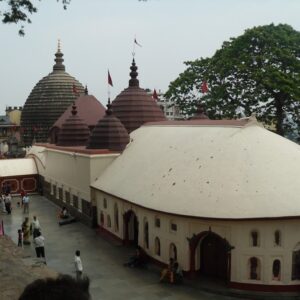



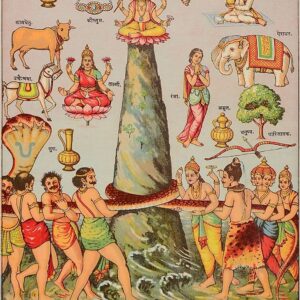


Reviews
There are no reviews yet